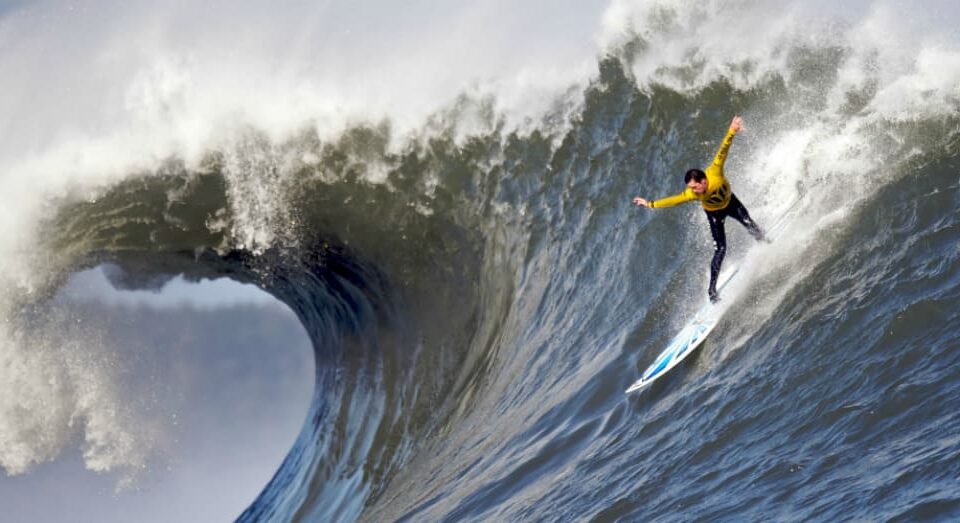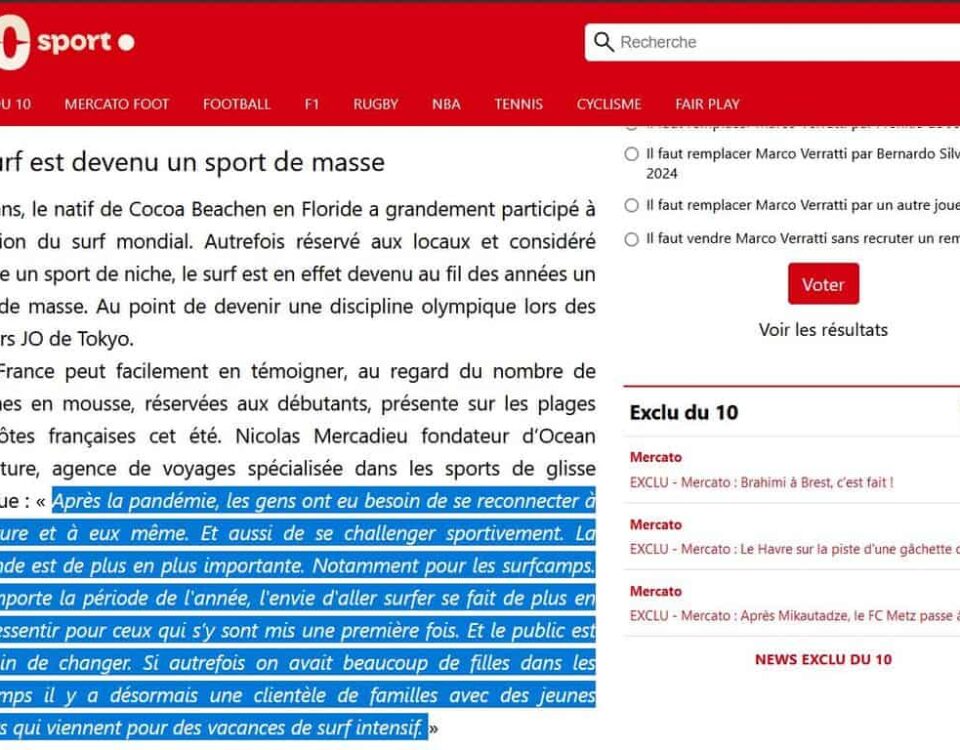
Electric Fat Bike for surfers and nature lovers

The 10 best activities to do in Essaouira
Let’s be honest. Not many people think about the different glazing options for surfboards… when eco-friendly surfboards really do exist!
We’re surfers and we rely on unpolluted natural resources to enjoy the waves. We should ask ourselves the simple question
Is there a better surfboard than the one we have today… one that minimises damage to the environment?
The glazing stage got me thinking. It was intimidating and what I’ve discovered is that it doesn’t have to be like that with the use of a very polluting resin.
I’m going to make it easy and talk to surfers who just want to know what they should be doing… and then I’m going to geek out and explain everything point by point.
Glazing your board with bio epoxy resin
Entropy’s “Super Sap” (like other petroleum-based epoxy resins) is non-toxic, makes surfboards stronger and more durable, and can be used to ice any type of board. What’s more, the “bio-based” content of “Super Sap” resin significantly reduces its carbon footprint, which could be a big plus for the future of our oceans.
I didn’t say “ask your ice-cream maker to use organic entropy epoxy resin”. This is intentional, as this stage of the board-building process is quite complex (low tolerance for change, low financial margins, etc.). Your local shaper may not want to use something new…. so find someone who will.
Understand why an icing job with less impact on the environment is important, then get your icing done by someone who uses a Bio-Based epoxy resin, like Entropy’s “Super Sap”.
There are two main reasons why you, as a surfer, should look for icing options that offer the performance and durability you want, but have less impact on the environment we love so much.
1. Epoxy resin is approximately twice as strong as polyester resin.
Epoxy resin (in general) is better than polyester resin. It has superior technical performance. An epoxy resin board can withstand more “force” (stress) and be “flexed” (deformed) twice as much as a polyester resin board before breaking. This means your board will be less likely to get dings of any kind (pressure dings, dings caused by rocks, dings caused by air baggage handlers, etc.).
Increased strength also means your board will last longer.
Epoxy resins make your board stronger because of their increased grip properties, higher tensile strength and, perhaps most importantly, because they can withstand much more stress and strain before breaking. Quick story – this means your surfboard is much less likely to bang, crack or break if it’s coated with epoxy resin, allowing you to surf harder, faster and longer.
2. Entropy’s organic epoxy resin has a much smaller CO2 footprint.
We’re surfers, we organise our schedules and sometimes our lives to maximise our time in the ocean.
It’s important not to kill the goose that lays the golden egg, i.e. nobody wants to surf in a dead ocean.
The reason Entropy bio-resin is better than traditional petroleum-based epoxy or polyester resins is that it has a significantly lower carbon footprint. If you need a quick primer on why our carbon footprint matters to the ocean, check out the articles in the New York Times, A world without coral reefs.
The positive benefits to our oceans of sourcing low-carbon products and materials is what this whole approach is about.





